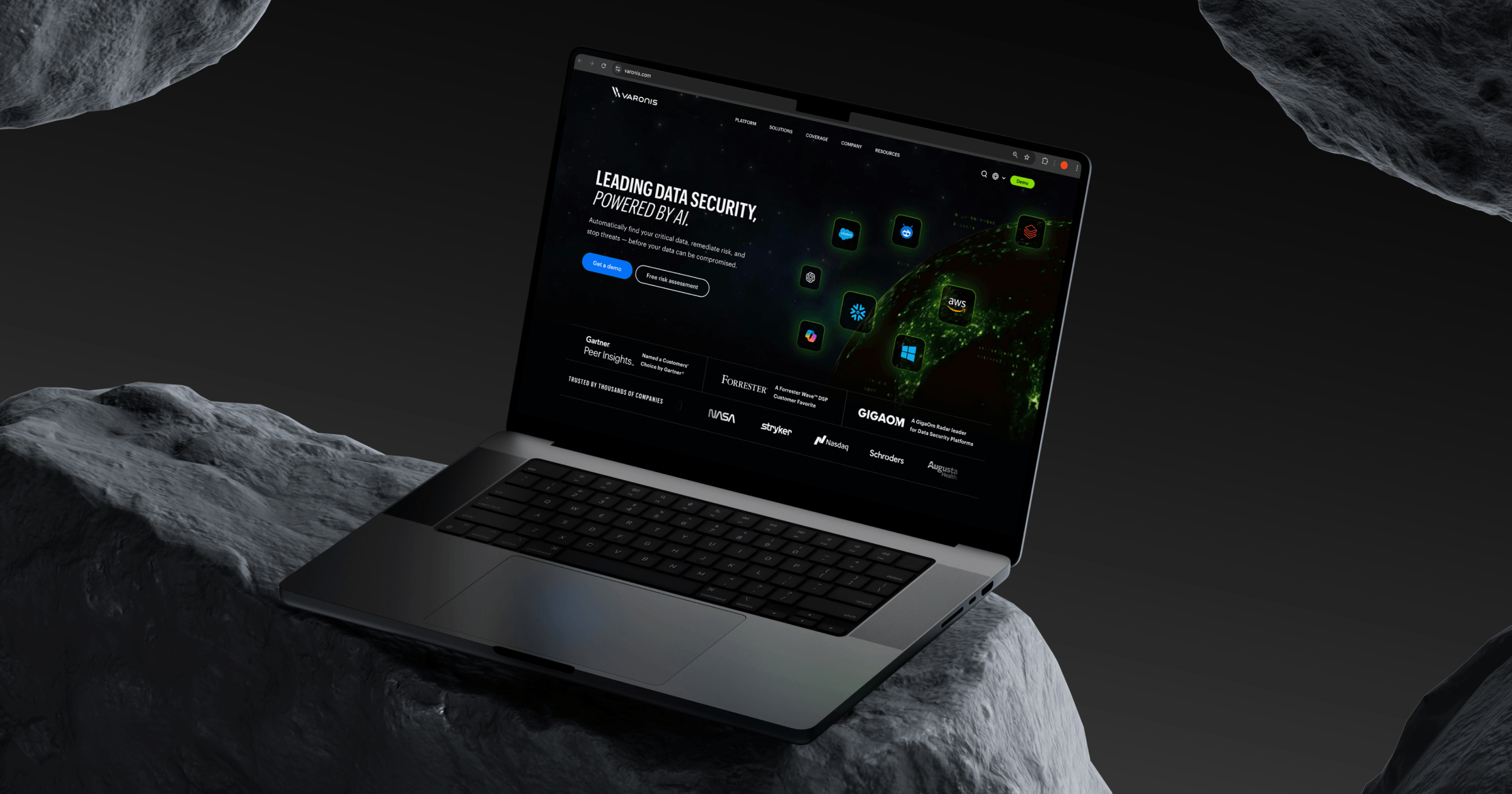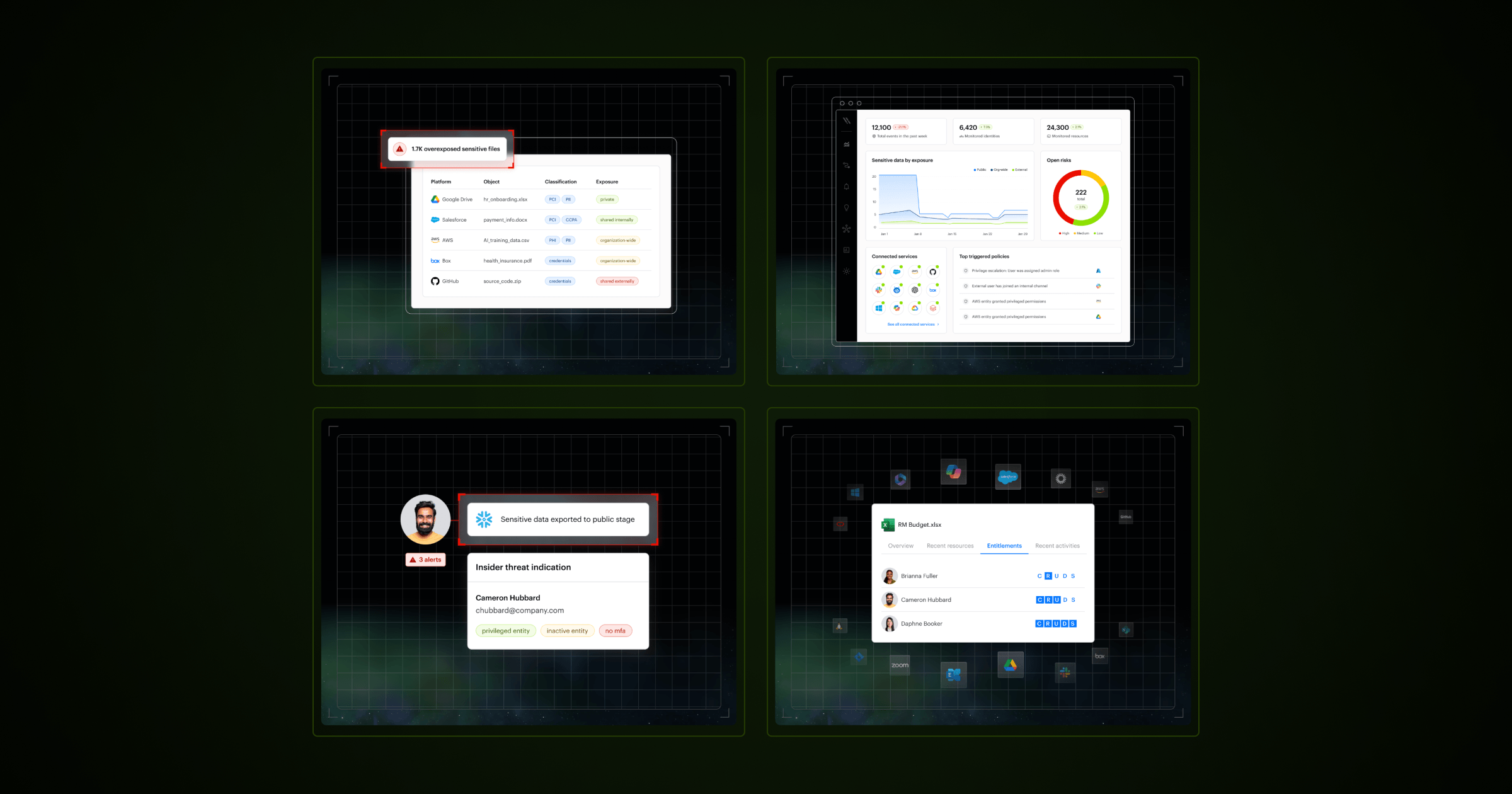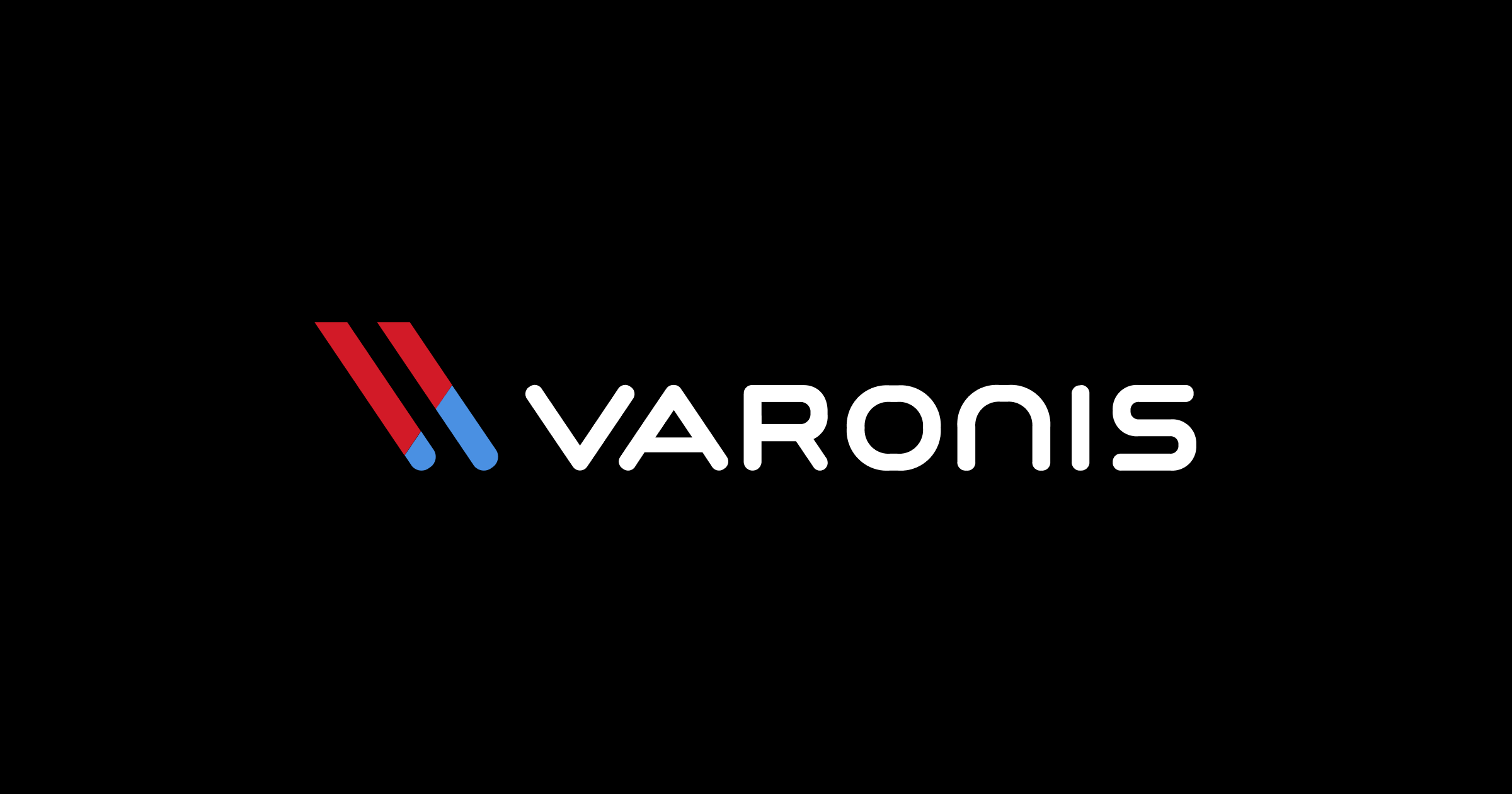
Varonis Systems is a cybersecurity leader helping enterprises protect their most sensitive data across cloud and on-prem environments. In an industry where trust and clarity matter as much as capability, the company’s website needed to reflect the same credibility and precision that define its products.
In 2022, Varonis launched a major brand evolution complete with bold visuals, futuristic design language, and a new digital presence to match. But while the updated look signaled progress, the website beneath it couldn’t keep pace.
It was beautifully designed, but functionally unusable. You couldn’t launch anything new without developer help.

The Beginning of a Long-Lasting Partnership
The site’s HubSpot CMS setup was built on rigid templates that made publishing slow and dependent on engineering. Simple content updates became roadblocks, and campaign timelines stretched longer than they should have. The website wasn’t supporting growth; it was slowing it down.
As the brand continued to evolve, moving from astronaut-inspired visuals toward a cleaner, motion-forward identity, the disconnect grew sharper. The marketing team wanted agility: a way to experiment, adapt, and scale without rebuilding from scratch each time.
That’s when Varonis turned to Webstacks. The engagement began with a full CMS refactor focused on restoring flexibility. Webstacks restructured HubSpot to use a modular component system that allowed content editors to create and update pages with drag-and-drop simplicity. Typography, colors, and spacing were standardized through design tokens, ensuring brand consistency across every new build.
What had once taken weeks to launch could now happen in days. The website was no longer static—it was finally usable.
That first refactor solved the immediate pain. But more importantly, it laid the foundation for something bigger: a long-term partnership built around collaboration, iteration, and speed.
A Website Product Team That Moves in Lockstep
When Varonis partnered with Webstacks in 2022, the goal wasn’t simply to outsource work but to build a sustainable rhythm between teams. From the start, both sides approached the engagement like a shared product operation. Every sprint, release, and review happened with joint ownership.
The partnership quickly became an extension of Varonis’ internal marketing and design teams. Webstacks integrated into their workflows, aligning with sprint cadences, design reviews, and planning sessions to ensure every initiative moved in sync. What began as technical support soon evolved into a fully collaborative system where both teams designed, built, and optimized together.
Building Together: Collaboration Across Teams
As the brand continued to evolve, Varonis’ internal team took a leading role in design direction while relying on Webstacks to bring those concepts to life. When Varonis’ designers introduced a new homepage concept that modernized the visual identity, Webstacks handled development and implementation. The build required close attention to visual fidelity, motion performance, and content flexibility within HubSpot, the company’s content management system.
The process was never transactional. Design mockups and technical decisions happened side by side. Webstacks worked closely with Varonis’ internal design lead, Anita Harrison, to ensure every animation, scroll effect, and layout detail felt intentional and consistent with the brand. This joint execution gave the internal team creative control while ensuring technical excellence and scalability behind the scenes.
It was great to see how seamless the collaboration became. We could hand off designs and know they would come to life exactly as we envisioned.
Beyond larger redesign efforts, the partnership extended into everyday execution. From event landing pages to campaign-specific builds, Webstacks provided ongoing development support that allowed Varonis’ marketing team to ship faster. Together, the teams built repeatable landing page templates that combined flexibility with structure, giving Varonis the ability to launch tailored campaign pages without waiting on full design cycles.
Enabling Autonomy Through a Product Illustration Design System
One of the most impactful collaborations came through a project designed to bridge design and marketing: a Product Illustration Design System. The initiative aimed to make Varonis’ visual storytelling scalable and accessible for non-designers.
Webstacks’ design team, led by Lem Manalo, collaborated with Anita’s group to analyze existing brand illustrations and translate them into a modular toolkit. Each illustration was broken down into reusable elements such as icons, shapes, and visual frameworks to build within Figma and exported for use across web and marketing assets.
The system allowed Varonis’ marketers to create new illustrations quickly while maintaining visual consistency. What once required a designer’s intervention could now be assembled directly by content or campaign managers. This shift aligned perfectly with Varonis’ broader goal of empowering teams and reducing bottlenecks.
Having a system we can reuse and scale has been a huge unlock. It saves time and keeps everything consistent across our campaigns.

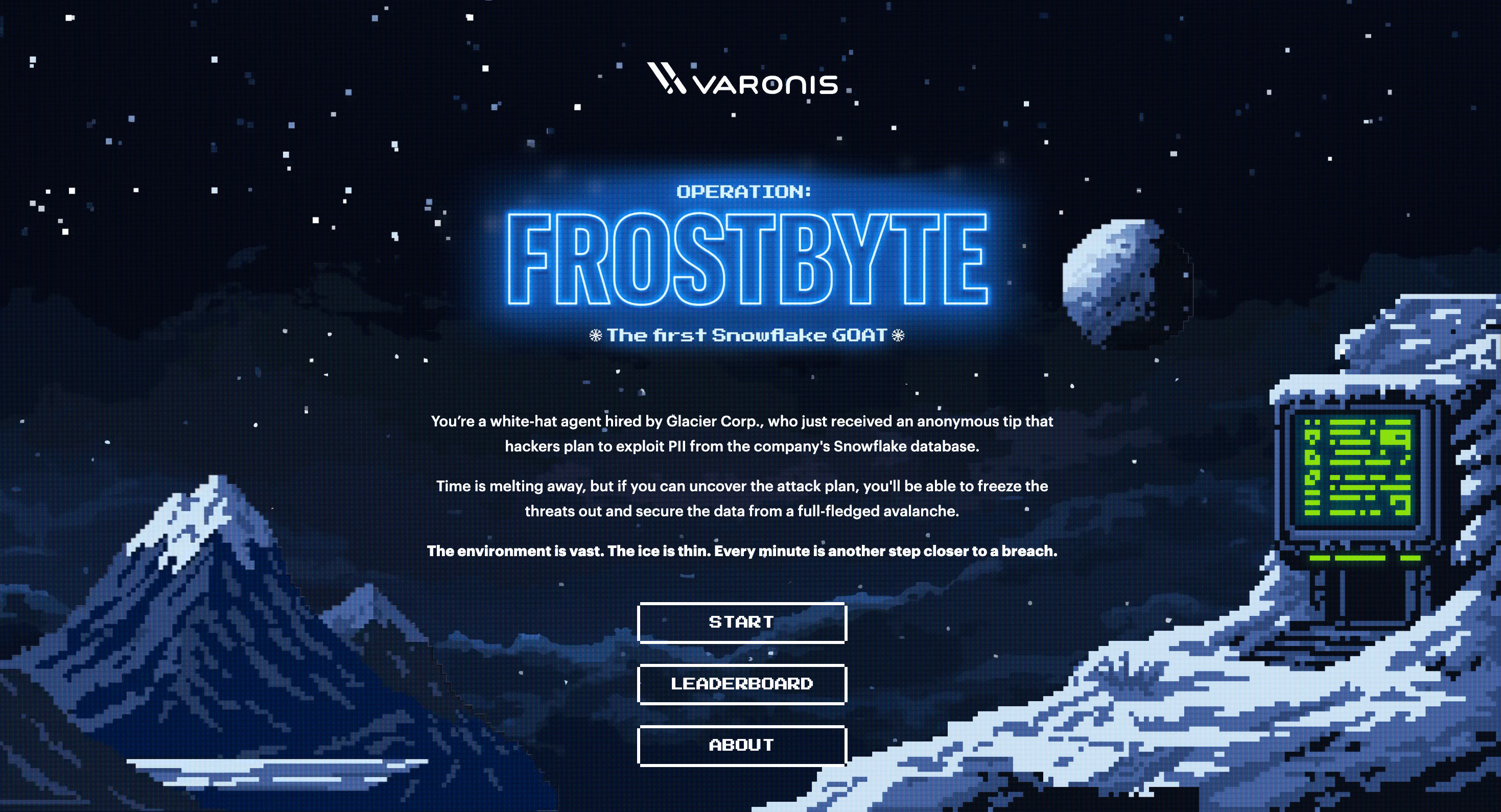
Operation Frostbyte: Creative Experimentation at Speed
That same spirit of collaboration powered one of the most creative initiatives of the partnership: Operation Frostbyte.
Designed as an interactive campaign for the Black Hat cybersecurity conference, Operation Frostbyte combined gamification, brand storytelling, and technical performance. The microsite invited users to test their security knowledge through an 8-bit–inspired challenge reminiscent of classic arcade games.
The project pushed both teams to experiment. Varonis’ internal brand designers led the creative concept, while Webstacks handled the build, developing custom animations, responsive layouts, and campaign tracking tools. The collaboration demonstrated how quickly the joint team could move from concept to live experience without sacrificing quality or alignment.
The microsite’s visual style was a deliberate departure from the core brand but stayed connected through consistent typography, palette, and tone. It gave Varonis a fresh way to engage its technical audience and showcase its brand personality beyond the confines of a traditional corporate site.
Operation Frostbyte showed what’s possible when we’re moving quickly together. It felt bold, but still undeniably on-brand.
A Shared Cadence That Fuels Continuous Momentum
The success of the collaboration comes down to rhythm. Webstacks and Varonis operate in two-week sprints, blending design and development so that new ideas move from prototype to production without delay. Regular standups, shared documentation, and retrospectives ensure that progress is transparent and priorities stay aligned.
This structure gives both teams visibility and accountability. Varonis’ designers can see technical progress in real time, while Webstacks’ developers receive early input from brand and marketing stakeholders. That shared ownership prevents the common pitfalls of agency handoffs and reinforces a single goal: keeping the website in step with the brand and business.
Collaboration became their advantage. With shared systems and a unified cadence, Varonis turned its website into an adaptable platform for ongoing brand and product growth.
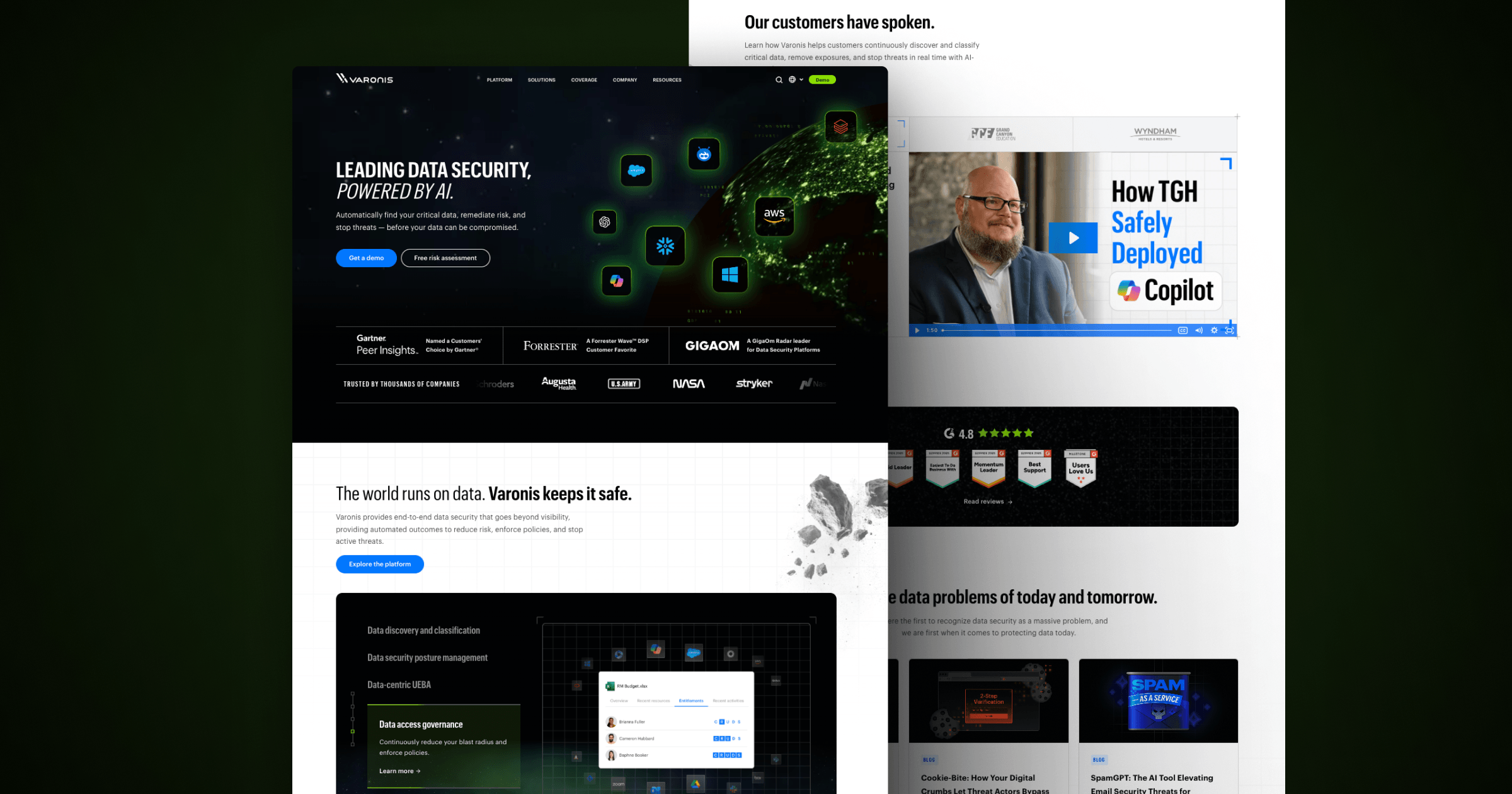
The Impact: A Website Product Team That Powers Continuous Progress
The Website Product Team model gave Varonis what traditional agency projects couldn’t: flexibility. Every sprint, the team decides what will drive the most impact, whether that’s new design work, development support, or ongoing optimization.
Some weeks, that meant leveraging Webstacks’ design resources to build new templates, refine layouts, or expand the component library. Other weeks, it meant tapping into development support to bring a creative idea to life, like Operation Frostbyte, the interactive campaign microsite that transformed a complex cybersecurity topic into a playful, gamified experience.
That flexibility became a game-changer. Instead of waiting for a redesign cycle or navigating long development queues, the Varonis team could shift priorities on the fly. Design and development resources were fluid, interchangeable, and always available to match the company’s pace.
As the collaboration matured, the team extended this model into initiatives that empowered their own marketing organization. The Product Illustration Design System is a prime example: Webstacks helped translate Varonis’ visual language into a modular toolkit that enabled marketers to assemble illustrations themselves—no designer required.
Behind every new component, landing page, or brand evolution was a shared system that supported both creativity and technical precision. The same process that shipped Frostbyte also powered design improvements to the homepage, motion experiments, and incremental UI refinements, all without slowing down the business.
We’re not stuck in the cycle of tearing down and rebuilding anymore. We have a foundation that flexes with us.

Looking Ahead: A Partnership Designed for Agility
Today, Varonis’ website operates with the same agility as its product. The team can plan sprints, choose their focus, and deploy changes continuously with Webstacks embedded as an extension of their internal marketing and design teams.
Whether it’s launching a new page, rethinking a visual direction, or developing a custom interactive experience, Varonis has the infrastructure and the partnership to make it happen. The Website Product Team model gives them the flexibility to scale resources, experiment often, and stay aligned across teams without losing speed or quality.
It’s not a handoff relationship; it’s an ongoing collaboration built on shared ownership. The website doesn’t just support the brand—it evolves with it.



